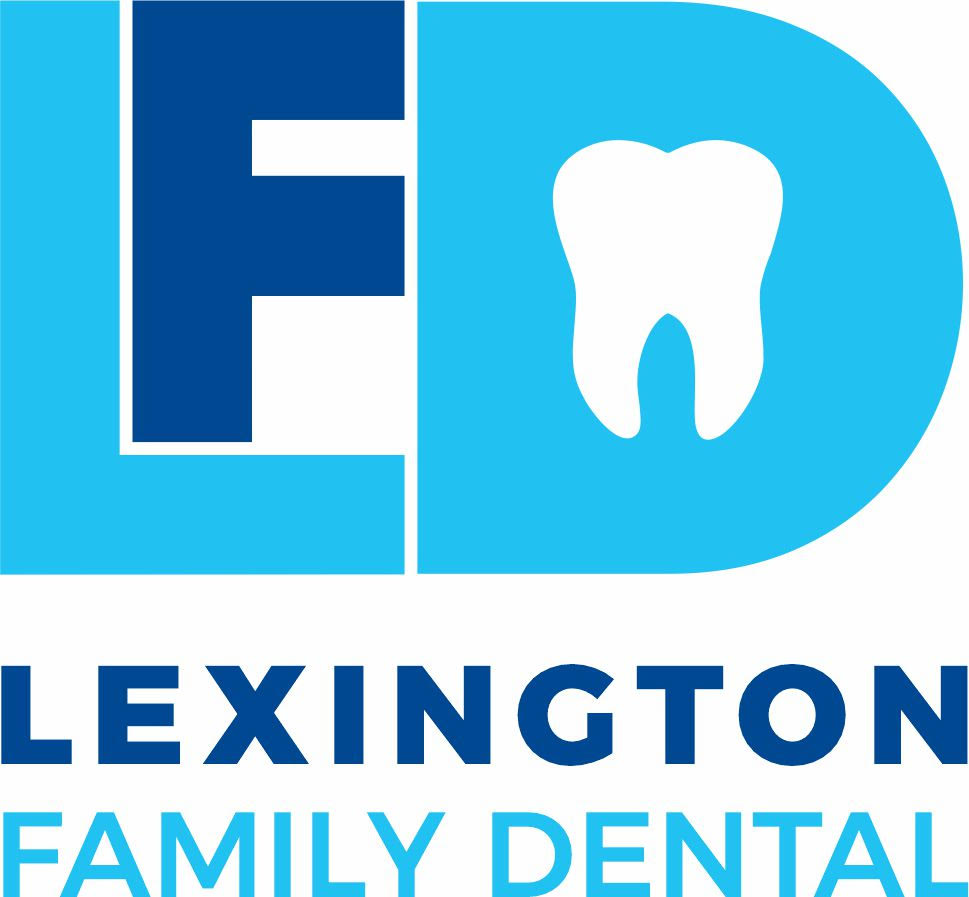Teeth Cleanings
Even though you floss and brush your teeth regularly, it is critical that you have your teeth professionally cleaned on a regular basis. (Of course, if you aren't as rigorous about your dental hygiene, it's much more necessary!) Your teeth will feel smooth and squeaky clean after a thorough cleaning, and they will probably appear a lot brighter as well. Professional teeth cleanings, however, aren't just for show.
Why do your teeth require this level of care? Essentially, it's because they tend to accumulate a coating of plaque (a bacteria-rich, sticky, film) and hard deposits (called calculus or tartar) that are extremely difficult to remove without the use of specific instruments. When these deposits are left on the tooth surfaces or below the gum line, they create an excellent environment for bacteria to develop and reproduce. Some bacteria create acids that cause tooth decay and gum disease; if not controlled, this can lead to gum inflammation and infection, as well as affect systemic (whole body) disorders.
Prophylaxis, from the Greek word meaning to safeguard or defend against, is a phrase used by dentists to describe preventative practices such as teeth cleaning. The emphasis in this situation is on avoiding dental decay and gum disease. A professional cleaning, when combined with a routine dental examination, can help to control these two frequent problems. While your teeth are being cleaned, it's a wonderful time to examine your overall dental health and search for any potential concerns.
The Professional Cleaning Procedure
A dental hygienist — a highly trained specialist who employs a special set of instruments created specifically for this purpose — is frequently used to clean teeth. Because everyone's teeth are unique, your cleaning will be tailored to your specific requirements. Many cleanings, however, follow a similar pattern.
Our dental hygienist will do a deep oral examination to assess the health of your oral tissues. The plaque and calculus will next be removed from the tooth surfaces using an ultrasonic scaler or metal devices known as curettes. The ultrasonic scaler is a hand-held instrument with a small tip that vibrates at a very high frequency. Hardened deposits are broken up by the quick movement of the tip, which does not harm the tooth. A continual stream of liquid (called lavage) aids to cool the tip and aid in plaque removal while also washing away debris.
Curettes, which are hand-held devices that are bent and tapered to fit around and in between the teeth, are preferred by certain hygienists. If your teeth are sensitive, a professional cleaning using hand-held devices may be more pleasant. It just takes mild pressure in the experienced hands of a hygienist or dentist to remove any tenacious accumulation and scrub the teeth clean, regardless of which equipment is employed.
Finally, your teeth are polished with a soft rubber tip low-speed rotary brush. A somewhat gritty, toothpaste-like gel is applied, and the tip rotates around to polish the teeth, smoothing and shining them.
A Requirement for Good Oral Health
Most people report no obvious discomfort during dental cleanings, and some even say they like the procedure – especially the remarkable results! If you haven't had a cleaning in a while, it may take some time to get used to having your teeth cleaned. If you suffer any discomfort, a topical numbing gel or another sort of anesthetic may be used.
If your gums are sensitive owing to bacterial accumulation, they may feel uncomfortable or bleed somewhat during the cleaning. It may be feasible to prevent this in the future with at-home oral hygiene methods (such as enhanced flossing skills or specific mouthrinses); it may also suggest that you require more regular in-office cleanings. This sort of routine care can help you avoid more complex dental operations down the future — and it will offer you the best chance of preserving your teeth for life!




